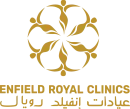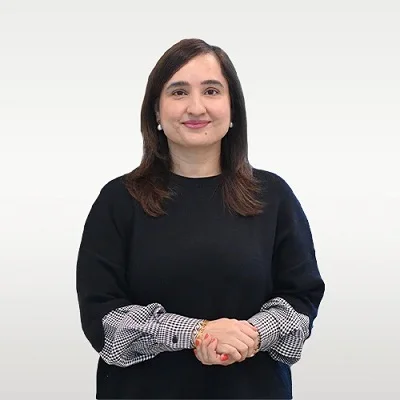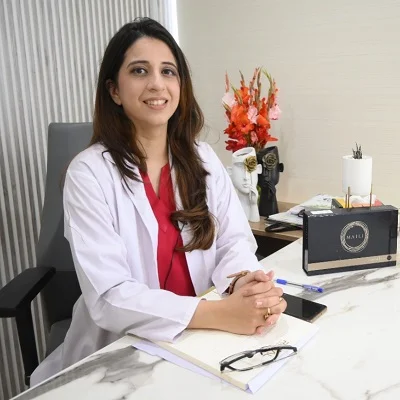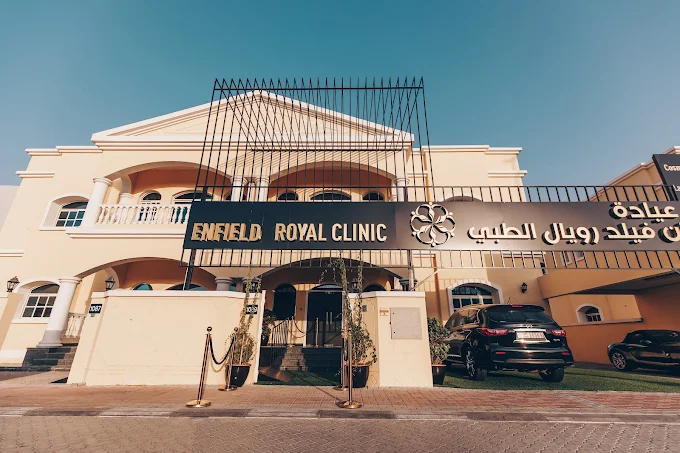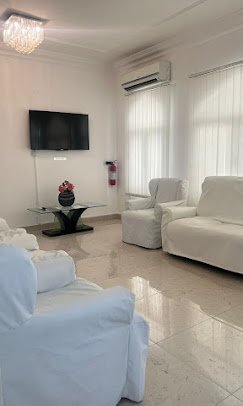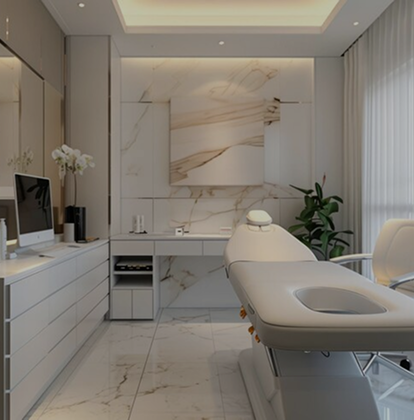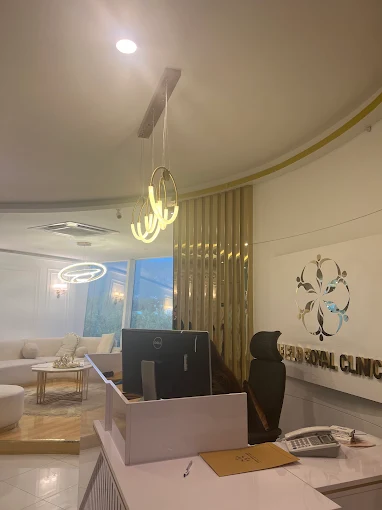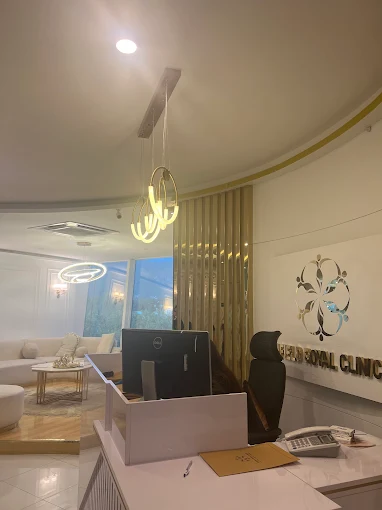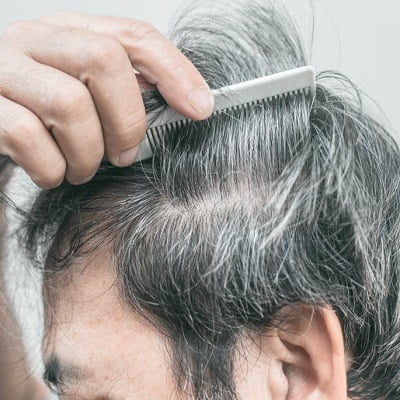
It’s typical for our hairlines to nudge up a little bit above the forehead as we age. In their late teens or early 20s, men may begin to experience this. Once the hairline recession has begun, it can be difficult to stop. Aging and genetics may together contribute to causing hair loss in many people. There are an increasing variety of therapies, treatments, and at-home cures that can help your hair become healthy and look full if you’re experiencing hair loss. Men are more likely than women to experience a receding hairline, however, both genders might experience it. It is one of the early indicators of male pattern baldness and has many potential causes. This page will explain to you the causes of hairline loss and the ways to get it back through different methods for Natural Hairline Treatment in Islamabad, Pakistan.
Some Quick Facts:
- Usually, right above the temples, the hairline starts to recede.
- Male pattern baldness and a receding hairline are frequent signs of aging.
- It can result in a V-shaped feature in the middle of a woman’s skull.
- In many cases, a receding hairline can regrow with the correct treatment regimen.
- This covers both natural therapies for hair loss and medically approved ones, as well as both.
Symptoms of Receding Hairline:
- A receding hairline doesn’t always follow the same pattern, but there are certain obvious signs to watch out for.
- One such sign, for instance, is excessive hair loss. People frequently lose dozens of hairs every day.
- If this happens on the front side of the face, this may lead to loss of the natural pattern of the hairline.
Results:



Causes of Receding Hairline:
There are many causes of a receding hairline. Some of them have been described as under:
Treatments or Medications:
Hair loss may also result from some medical procedures or treatments. A prominent illustration is chemotherapy, which frequently results in hair loss in patients.
Stress or Illness:
Telogen effluvium, or abrupt hair loss, can be brought on by illness or stress. People typically describe this as an unexpected shedding where they lose a significant amount of hair in a short amount of time. Fortunately, this hair loss frequently stops on its own without any help.
Hormonal Changes:
Both men and women may have hair loss due to hormonal fluctuations. Male pattern baldness may be related to the hormone DHT, which shrinks hair follicles to the point that they can no longer produce hair.
Family History:
Returning hairlines appear to be related to family history. A man’s likelihood of losing his hair may increase if his family has a history of baldness. The loss may even exhibit a pattern resembling that of earlier generations.
Age:
Typically, hair loss is a normal aspect of becoming older. On the surface of the scalp, there are many hair follicles and each of them produces hair. New hairs grow in their place when the old ones fall off. However, hair loss and a receding hairline may occur if hair follicles suffer injury for any type of reason. According to an estimate, almost 80% of Europeans may have a receding hairline at the age of 80.
Family History:
Receding hairlines appear to be related to family history. A man’s likelihood of losing his hair may increase if his family has a history of baldness. The loss may even exhibit a pattern resembling that of earlier generations.
Receding Hairline Treatment:
There are health tips and treatments that can keep your hair looking fuller for a longer period of time, even if there is no cure for a receding hairline.
Hair Transplant and Laser Therapies:
In order to restore a hairline that has receded, a hair transplant entails transferring hairs and chunks of scalp from thicker areas of the head to the front. Though expensive, many people believe the procedure is a more long-term fix for a receding hairline.
Some patients may have an increase in hair growth and a decrease in male pattern baldness after undergoing laser therapy with red or laser light at a wavelength of 660 nanometers.
Dr. Naveed Azhar is an expert in this procedure and performs both FUE and FUT types of hair transplants. His success rate is >99%. He is a board-certified cosmetic surgeon who will give you a head full of hair.
PRP Therapy:
Therapy with platelet-rich plasma (PRP) is an additional choice. In this treatment, a tiny amount of blood from your arms is drawn, and the platelet-rich plasma is separated out using a centrifuge machine. The needed area of the scalp for growth is then injected with the plasma. As a result, the hair follicle is renewed and repaired, promoting new growth.
Dr. Abida Sardar is an expert in this field and she performs this procedure with extreme accuracy. She is a pioneer in the field of cosmetology in Islamabad and you will get the required results in no time.
Low-level Light Therapy:
To promote hair growth on your scalp, the low-level light treatment uses lasers. Both men and women who are experiencing hair loss can benefit from it. To start the anagen (growth) phase of hair follicles, the researchers contend that the light signals your cells.
Medications:
Minoxidil is the name of the most widely used OTC hair loss treatment (Rogaine). Rogaine is used in this way outside of the label.
Iron:
Low amounts of this essential nutrient, which aids in the production of blood, have been associated with hair loss. Make sure you consume lots of iron-rich foods including meat, fish, poultry, tofu, broccoli, and all types of greens for an unknown reason.
Consuming a Balanced Diet:
Consuming a diet rich in antioxidants may make your hair appear fuller and healthier.
For strong hair development, the following vitamins and minerals are critical:
- Vitamins A and B12.
- Zinc iron and vitamin E
- Increased consumption of nuts, seeds, and green vegetables may enhance the appearance and feel of your hair.
Smart Hair Care:
In some circumstances, you can stop your own hair loss by making simple, little adjustments.
- When brushing, drying, and washing your hair, use gentleness.
- Don’t pull!
- Use hot rollers and curling irons sparingly because they might weaken your hair.
- It would be an excellent idea to stop smoking right now.
- Men who light up are more prone than non-lighters to experience hair loss.
Decreased DHT Levels:
You have a hormone in your body called dihydrotestosterone (DHT). The loss of hair may accelerate when DHT levels rise. By consuming a precise set of foods, you can lower your body’s DHT levels.
- Green tea, turmeric, and soy, for instance, may help you reduce DHT.
Aromatherapy:
- For more than a century, people have employed the oils of sandalwood, lavender, rosemary, and thyme to treat hair loss.
- They may contain a substance that promotes hair growth.
- You could try massaging your scalp with one or more of these oils each night for at least two minutes.
- After that, cover your head with a warm towel to aid in absorption.
- Additionally, this evening massage has a pleasant scent and might promote relaxation.
When to Consult a Dermatologist?
It’s important to remember that some hair shedding is normal. A mass balding is not. Consult your dermatologist or primary care physician if you’re noticing patchiness, bald areas, or other unusual hair loss signs. A hidden medical issue may be indicated by hair loss.
In short:
The health of a person is not at risk, even if a receding hairline can be upsetting to observe. Most people can maintain their hairline, and there are several treatments that can make the hair appear thicker or encourage it to come back. A healthcare professional should be consulted by anyone thinking about trying these treatments to determine which is the best course of action.
Book Your First Consultation With Us:
So if you are experiencing a receding hairline and want to get it back like normal then you can book your free first consultation at Royal Cosmetic Surgery Clinic Islamabad for Natural Hairline Treatment in Islamabad, Pakistan. Call us directly or fill out the form below. We will reach out to you as soon as possible.

